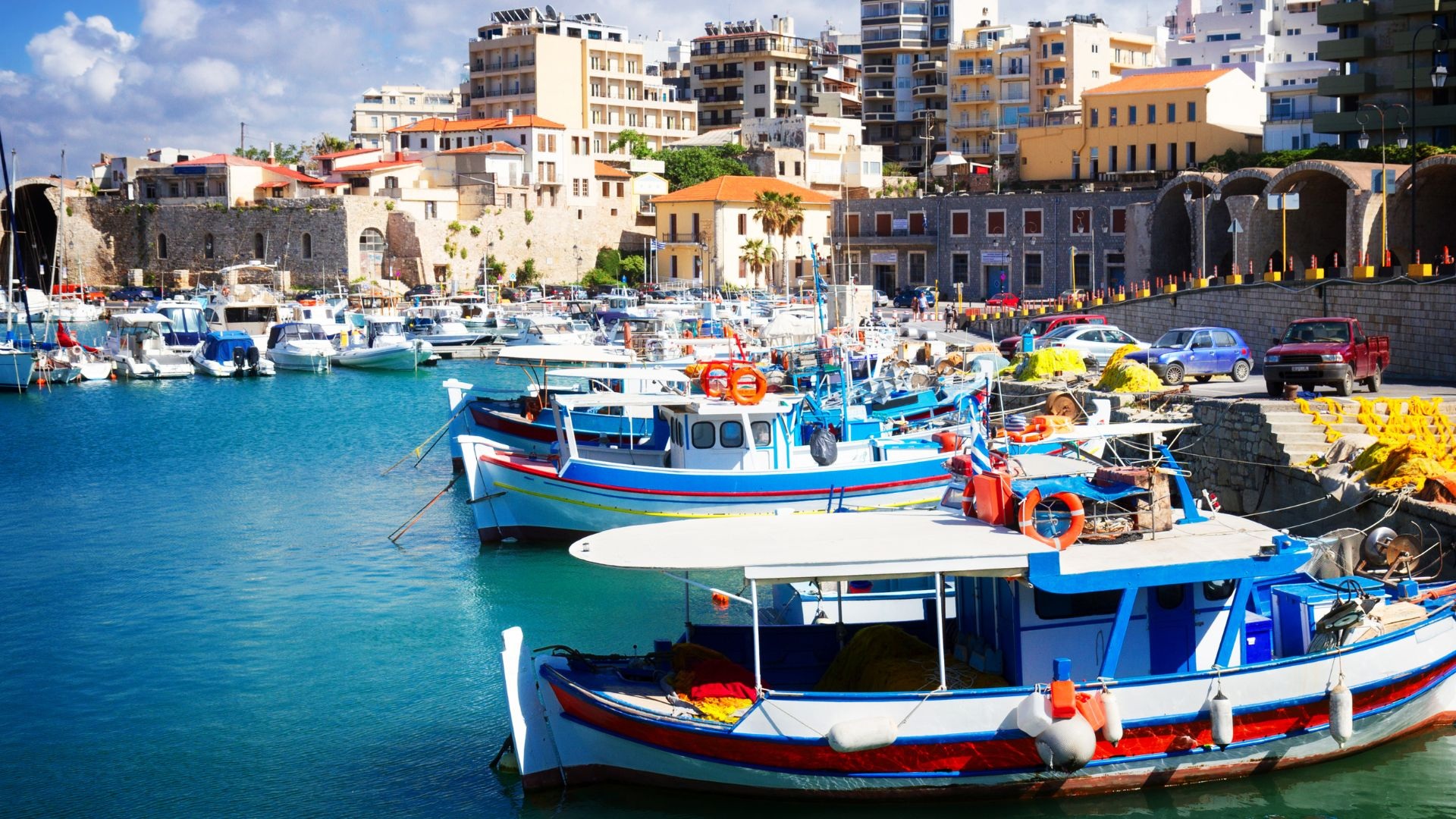Heraklion, Crete's vibrant capital, boasts a rich tapestry of architectural styles, with neoclassical buildings standing out as significant landmarks in its urban landscape.
These structures, primarily constructed between the late 19th and early 20th centuries, reflect a blend of Greek, Ottoman, and Balkan influences, marking a period of cultural fusion and modernization.
Notable examples include the Historical Museum of Crete, housed in a two-storey neoclassical building constructed in 1903. This museum offers a comprehensive view of Cretan history from early Christian times to the present day. Another prominent building is the Efkafi Building, erected around 1878, which serves as one of the first public Turkish buildings in Heraklion constructed according to neoclassical principles. Additionally, the Mavraki House, built in the early 20th century, exemplifies late neoclassicism with its elegant design and historical significance.
These architectural gems are scattered throughout the city centre, particularly along 25th August Street, a pedestrianized area renowned for its concentration of neoclassical buildings. As you stroll through Heraklion's city centre, these neoclassical structures offer a glimpse into the city's rich architectural heritage and its evolution over the centuries.
